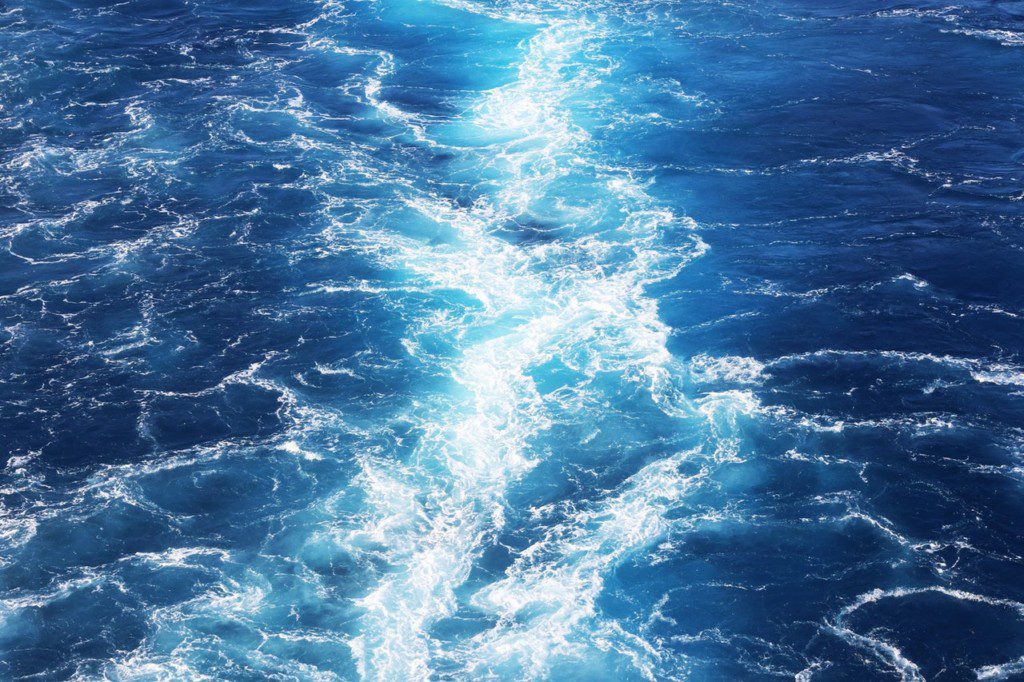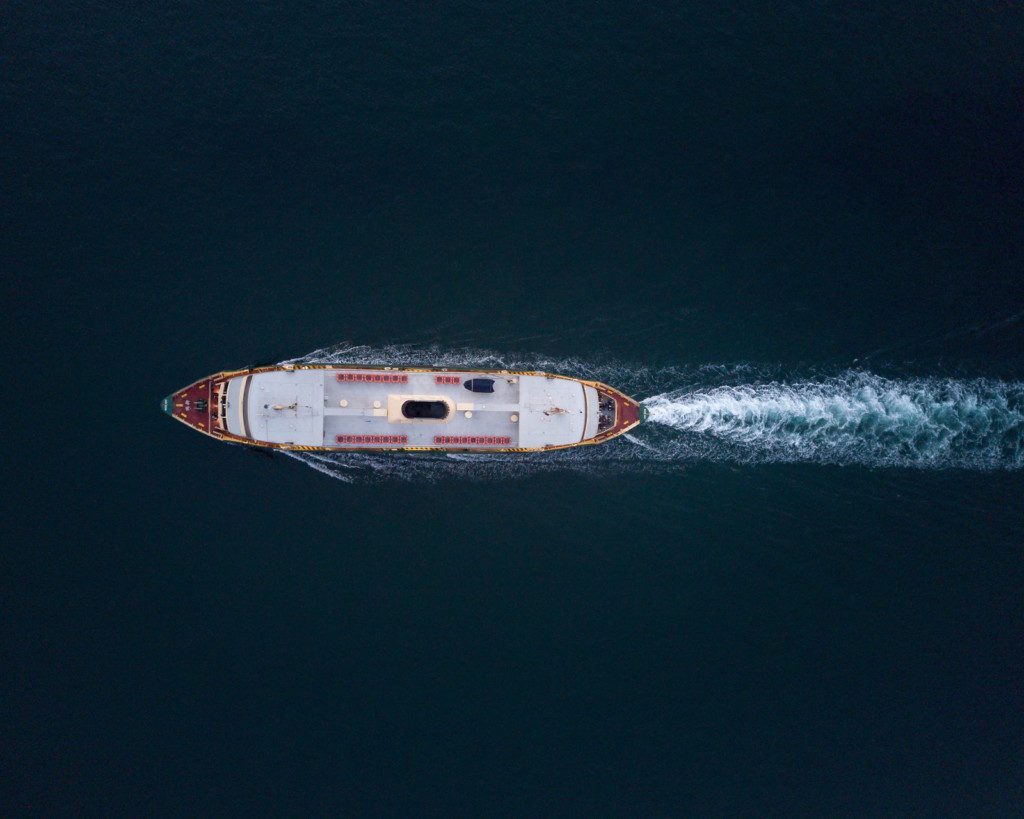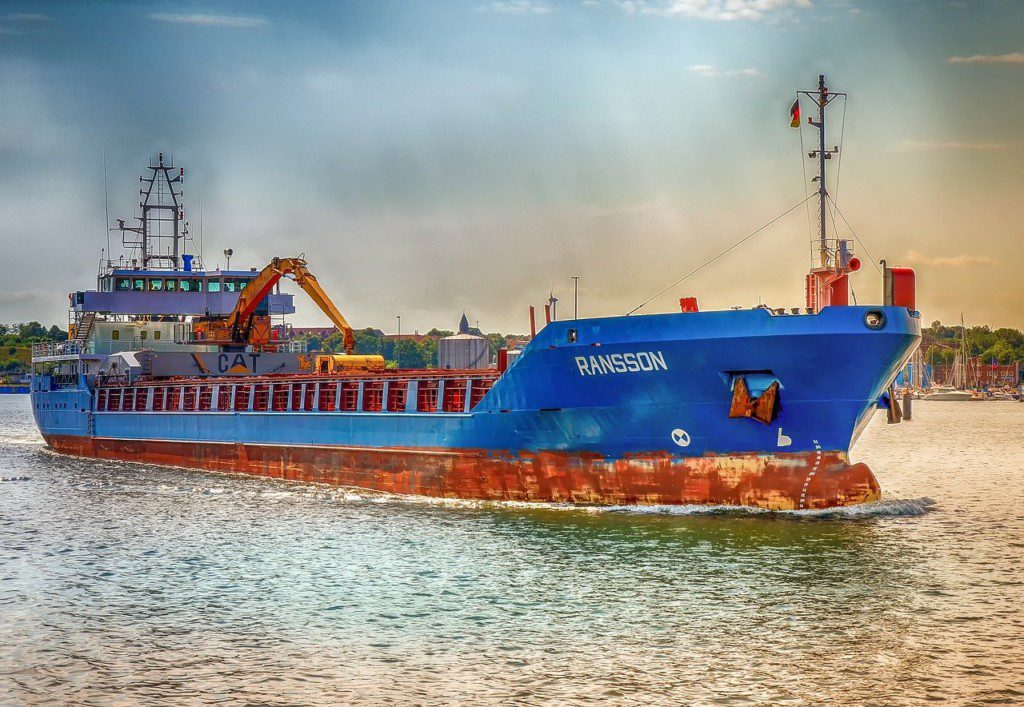When you operate a ship of any kind, you may be tasked with handling ballast water before your ship can set off. Ballast water is integral to the safe and secure operation of ships. This type of water helps to adjust the weight of a vessel to ensure that it can float properly and remain balanced. If ship cargo is situated in a small area of the ship without much weight distribution to other areas of the ship, the vessel may not have the correct balance, which could put the crew in danger during the transit.
Ballast refers to any liquid or solid that’s taken on the ship for the sole purpose of enhancing stability. While many different items can be used as ballast, the most common form of ballast is ballast water. This water is contained in tanks, the number, and size of which depend on the design of the ship. Some or all of the ballast water can be discharged when it’s no longer necessary in order for the ship to function properly.
When looking at the exact deadweight tonnage that ballast water comprises within a ship, the amount is usually between 25-30 percent. The reason why ballast water is used more than any other form of ballast is that water is relatively easy to pump in and out of tanks. Whenever a ship requires ballast, it will pump water into the tank from the ocean, which ensures that specific areas of the ship get the weight they require for proper balance. Because of how effectively ballast water allows a ship to compensate different cargo loads, ballast water is exceedingly important for small and large ships alike. This article provides a comprehensive overview of ballast water and how it impacts the wider industry.
Ballast Water Exchange System
 In the event that your ship needs to use ballast water for weight-management purposes, it’s important to understand how the ballast water exchange system works. This process involves substituting the water that’s contained in the ballast tanks, which can be done with a variety of different exchange techniques. The primary exchange techniques available to a ship include dilution, sequential, and flow-through techniques. It’s important that you use the right method to ensure that coastal water ecology is preserved.
In the event that your ship needs to use ballast water for weight-management purposes, it’s important to understand how the ballast water exchange system works. This process involves substituting the water that’s contained in the ballast tanks, which can be done with a variety of different exchange techniques. The primary exchange techniques available to a ship include dilution, sequential, and flow-through techniques. It’s important that you use the right method to ensure that coastal water ecology is preserved.
The exact method that a ship uses depends entirely on the captain’s preference. Keep in mind that the exchange process should only take place in specific zones throughout the ocean. If the ship takes on the coastal water and discharges the water into the open ocean, the marine organisms that are taken into the ballast tanks will be less likely to survive upon discharge. The same is true if oceanic water is taken on board before being discharged in coastal waters. The changes in water chemistry, salinity, and temperature will invariably make it less likely that organisms survive when introduced to an unfamiliar environment.
To make sure that the exchange process is performed correctly, regulations and guidelines have been set by Lloyd’s Register that designates where and how this process can occur. These regulations state that:
- The ballast water exchange must occur 200 nautical miles or more from the nearest piece of land. The water must also have a depth of 200 meters or more.
- If a ship is unable to meet the aforementioned criteria because of a shorter voyage, the exchange will need to occur at the spot that’s furthest from land. In this situation, the exchange will still need to take place 50 miles or more from land.
Keep in mind that each Port State has the ability to set its own guidelines in the event that the water depth and distance requirements can’t be met. Because of how important it is to get this process right, there are some pre-planning steps that should occur before the exchange takes place. These steps include:
- Identify the exchange method that you’re going to use
- Identify the exact tanks that need to be overseen with a ballast water management plan
- Calculate the time span
- Calculate how long each stage will take, which is necessary for the sequential method
- Identify the areas in your voyage where the ballast water exchange can take place
- Make sure that the exchange process only takes place if there is enough time for the process to be completed
- To make sure that pressure remains stable, only a single pump should be used to discharge or fill a tank
With these steps in mind, you should be prepared to complete the exchange process without issue.
Ballast Water Exchange Methods
As touched upon previously, there are three separate methods that can be used during the water exchange process, which include the:
- Sequential method – To begin this process, the water will first be emptied from the tank before being refilled with replacement water. The goal of this technique is to achieve a 95-percent volumetric exchange. The water should be discharged until pump suction is lost, after which the tanks can be filled. It’s possible to discharge tanks individually or in pairs.
- Dilution method – This method involves filling the top of the tank with water while discharging the previous ballast water at the bottom of the tank. The fill and discharge processes must occur at the same rate. Because of how this process works, two pumps must be used at the same time.
- Flow-through method – This method involves pumping replacement water into the tank in a manner that allows for tank overflow. In order to meet the standards for ballast water exchange, the amount of water that’s pumped through the tank needs to be at least three times greater than the volume of the tank.
The standards that you must adhere to during the water exchange process depend on the type of exchange that you’d like to perform, which could be a D-1 or D-2 exchange. A D-1 exchange takes place under the belief that any organisms that are taken on board via coastal waters won’t survive in the event that the water is discharged into oceanic waters.
A D-2 exchange is stricter and specifies the exact amount of organisms that can be discharged. Keep in mind that these guidelines also apply to microbes that may be harmful to a person’s health. Because of the strict nature of D-2 guidelines, it’s believed that the only way for a ship to meet these guidelines is by treating the water before it’s discharged. This treatment can occur with a physical, mechanical, or chemical solution.
Environmental Conditions to Take Into Consideration
 While ballast water is very important for many industries, there are some environmental conditions that must be taken into consideration to ensure that the surrounding environment isn’t negatively affected. While the water exchange process is ongoing, there are numerous conditions that the captain of the ship must take into account, which include:
While ballast water is very important for many industries, there are some environmental conditions that must be taken into consideration to ensure that the surrounding environment isn’t negatively affected. While the water exchange process is ongoing, there are numerous conditions that the captain of the ship must take into account, which include:
- The vessel’s current position, which includes nearby traffic density
- The performance and condition of the vessel’s equipment and machinery
- The vessel’s maneuverability
- Current sea condition and weather forecasts
- Loading and stability conditions
If you want to effectively reduce the number of harmful organisms and pathogens that are picked up through the water exchange process, it’s important to stay away from areas where these pathogens and organisms may be in abundance. The areas you should avoid include:
- Areas that are nearby aquaculture
- Areas that the Port State have warned about in regards to ballast uptake
- Areas where tidal flushing is poor
- Darker areas
- Places with shallow water
- Water that’s nearby sewage outfalls
- Areas where dredging has recently occurred
- Areas that naturally contain high amounts of suspended sediments, which include delta areas and river mouths
How to Treat Ballast Water
 There are a variety of different methods and techniques that can be used to treat ballast water if you would like to adhere to the D-2 guidelines before discharging the water. The main water treatment technologies available to you include:
There are a variety of different methods and techniques that can be used to treat ballast water if you would like to adhere to the D-2 guidelines before discharging the water. The main water treatment technologies available to you include:
- Filtration systems
- Thermal treatment
- Acoustic treatment
- Deoxygenation treatment
- Chemical disinfection
- UV treatment
The primary treatment method involves UV disinfection, which ensures that harmful microbes and organisms can be killed with ultraviolet light before the water is discharged. To ensure that the treatment technique has worked properly, it’s important that you test the water before and after treatment takes place. While there are several different sensors you can use and measurements you can take when testing the quality of ballast water, likely the most effective sensor is a pH sensor.
When you use a pH sensor like the S8300 inline probe, you can determine if the water is more acidic or alkaline. In the event that the pH levels indicate acidic water, this means that there are too many organisms in the water, which is when treatment would likely be necessary. Conductivity sensors can also help you identify the water quality.
It’s important to treat ballast water because of the harm that this water can do to the environment if it’s discharged without being treated. Organisms and pathogens that are found in coastal waters should remain in coastal waters. The same is true of organisms that thrive in deeper oceanic waters. As mentioned previously, the salinity, temperature, and water chemistry differ substantially when comparing coastal waters with oceanic waters. If you discharge coastal waters into oceanic waters, invasive species could be introduced to the water, which might result in the nearby ecosystem being damaged.
Even though ballast water has proven to be highly important for ships of all sizes, studies have shown that the intake and discharge of this water should be regulated to ensure that the environment isn’t negatively affected. Treating the water before discharge is a simple way to get rid of harmful organisms that could damage the ecosystem.





